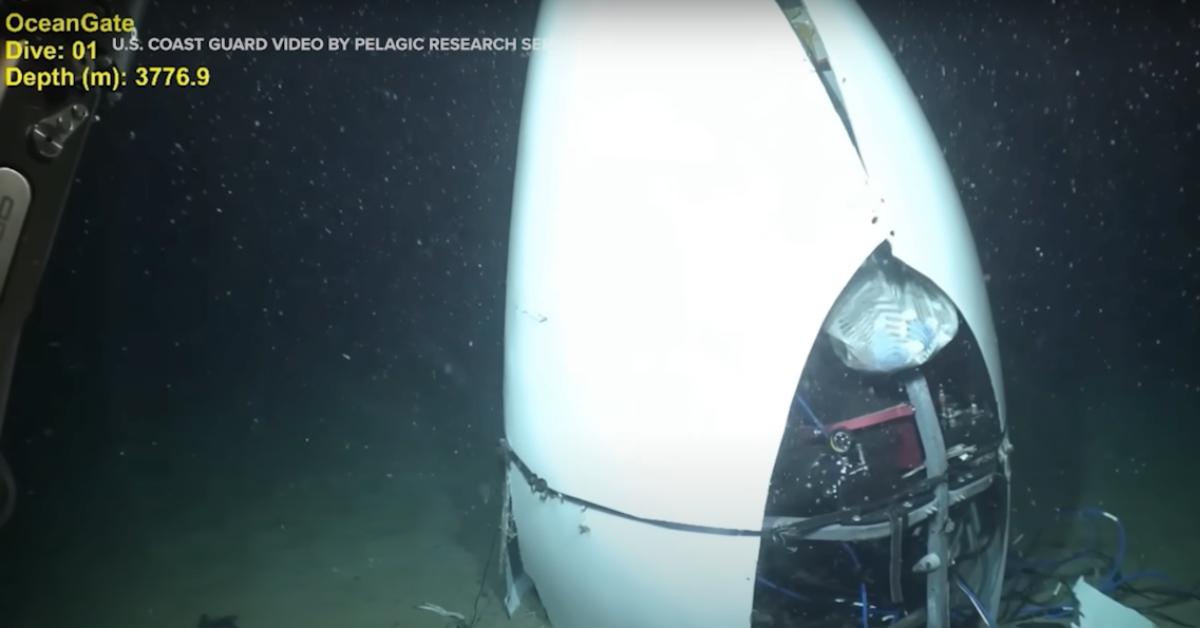An Audio Recording of the Titan Submersible's Moment of Implosion Has Been Released
The static recording is approximately 19 seconds long and is interrupted by a loud blast which goes on for roughly 12 seconds.
Published Feb. 13 2025, 2:18 p.m. ET
In June 2023, the world was gripped by the harrowing story of the missing Titan submersible. The underwater craft was owned and operated by the tourism and expeditions company OceanGate, which had been warned about safety issues with the sub. Despite that, five individuals embarked on a journey to see the wreck of the Titanic.
It began its descent at 9:18 a.m. on June 18 and was in communication with the Polar Prince via text about every 15 minutes. Unfortunately, a final text was sent at 10:47 a.m. It was eventually determined that the Titan submersible imploded around that time. A search party for the missing vessel's debris lasted about four days until it was found on June 22. There were no survivors. Nearly two years later, an audio recording of the apparent implosion has been released. Here's what we know.
An audio recording of the Titan submersible implosion has been released to the public.
According to NBC News, the United States federal government released an audio recording believed to be of the moment the Titan submersible imploded. It was captured by a passive acoustic recorder about 900 miles from where the vessel was ultimately destroyed, and was recorded by the National Oceanic and Atmospheric Administration.
The static recording is approximately 19 seconds long and is interrupted by a loud blast which goes on for roughly 12 seconds. Thankfully, it was over quickly. Although this was an extremely violent implosion, Arun Bansil, a professor of physics at Northeastern told Northeastern Global News that the "five occupants would have died instantly," and in all likelihood felt no pain.
This is vaguely reminiscent of the 'Byford Dolphin' diving incident.
In November 1983, an accident on the Byford Dolphin oil rig resulted in explosive decompression which went on to kill four saturation divers. It also critically injured another crew member. Saturation diving involves staying at extreme depths for a long time. According to Scuba.com, "It is done between 650-foot and 1000-foot depths, and is used to perform deep-sea work such as tunneling and building."
On that day, the Byford Dolphin was at a drilling field in the Norwegian section of the North Sea. The crew hauled up a diving bell, which is a container filled with air divers use to work underwater. The diving bell was then attached to the saturation chambers. The accident was caused by a "locking mechanism which sealed trunking between the diving bell and the chamber on deck," per Energy Voice.
When the locking device was opened from the outside, the diving bell was unlatched from the chamber while the "system was still under pressure and while an internal door remained open, ultimately blasting the bell across the deck." This was later blamed on miscommunication and exhaustion. Evidently the crew had been working for more than 12 hours with no breaks. Unfortunately, the equipment on board was also outdated. There could have been more modern fail-safes on board.

